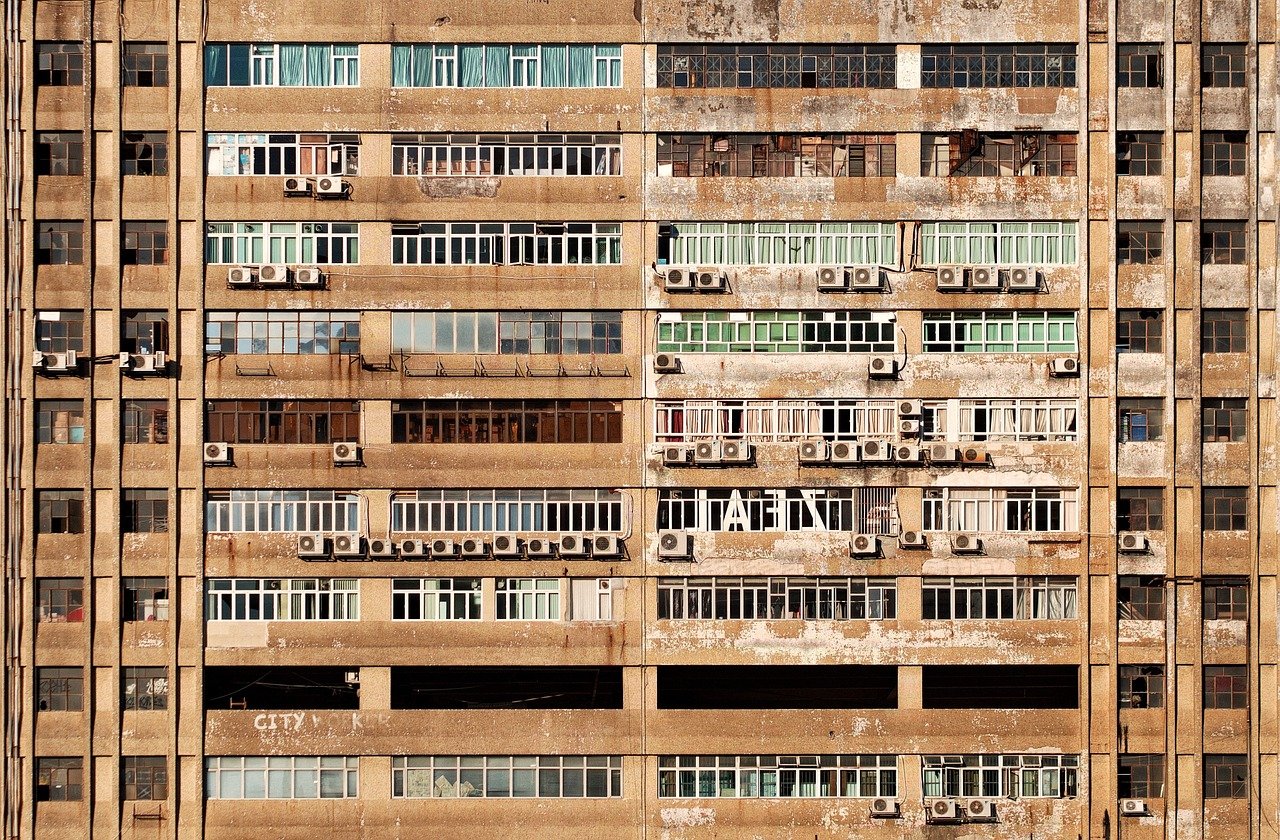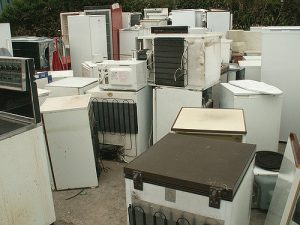In October, almost 200 nations agreed to an amendment of the Montreal Protocol that will see the emissions of hydrofluorocarbons (HFCs), a type of greenhouse gas used in fridges, air conditioning units and aerosols, phased out. This one action is expected to reduce global temperature rise by the end of the century by 0.5°C, a third of the 1.5°C cap agreed under the Paris Agreement.
As a major player in the chemicals industry, and the world’s biggest producer of HFCs, China’s agreement was crucial to the deal and to global action on climate change. But reducing HFCs by 2045 to 20% of the historical peak will be a challenge.
Hu Jianxin, a professor at Peking University’s College of Environmental Sciences and Engineering, helped negotiate the new amendment. He is sure China can fulfil its commitment: “There will be difficulties and challenges, but I’m confident China can do it.”
The fall of HFCs
HFCs are manmade refrigerants that were introduced in the late 1980s when the Montreal Protocol was first signed. They are not damaging to the ozone layer unlike the chlorofluorocarbons (CFCs) and hydrochlorofluorocarbons (HCFCs) they replaced. But they are powerful greenhouse gases.
In fact, some HFCs are thousands of times more effective than carbon dioxide at trapping solar radiation. According to targets in the new amendment, by phasing out HFCs by 2050, China will avert the release of 43 billion tonnes of carbon dioxide (CO2) equivalent, four or five times China’s current annual CO2 emissions.
A challenge to implement
China produces over 60% of the world’s HFCs, according to the China Association of Fluorine and Silicon Industries. Phasing out HFCs will be particularly challenging for the country because it manufactures the chemicals, and the appliances that use them, in such huge quantities as well as the appliances that use them.
HFCs are essential to the function of a wide range of applications such as refrigerants, foaming agents and cleaning products. As a refrigerant, HFCs are found in domestic and vehicle air conditioners, and refrigeration systems, where they act almost as the “blood”. Replacing HFCs means re-designing products and components, and possibly using new materials; an enormous undertaking by industry strandards.
The enormous scale of China’s chemicals and manufacturing sectors means that phasing out HFC will be expensive.
Zheng Dongfang, senior engineer at the Zhejiang Chemical Industry Research Institute, concedes that changes to refrigeration technology will put firms under pressure. One insider, who preferred to remain anonymous, admitted that the industry would prefer to continue profiting from HFCs but acknowledges that as a responsible country China must sometimes put politics and the environment before economic development.
More troublesome is that HFCs were originally introduced as an alternative to other chemicals that damage the ozone layer – and that replacement process in China is not yet complete. China remains the world’s biggest producer and user of ozone depleting substances. In 2015, more than half of China’s air conditioners relied on refrigerants containing chlorine.
Under the Montreal Protocol, it was only last year that China started reducing production of HCFCs in favour of HFCs, a process that could take until 2040. In other words, China now has 20 years to phase out two generations of refrigerants.
Global changes hit Chinese manufacturing
Securing an amendment to the Montreal Protocol required countries to acknowledge differences between developing and developed nations. Three timetables for phasing out HFCs were agreed on: one for developed nations, which must deliver a 10% reduction on 2011-2013 levels by 2019; and two for developing ones, which must peak emissions by 2024 and 2028, respectively, and deliver 10% reductions in the following years.
China is in the first group of developing nations but as the country manufactures large quantities of products for developed nations, its chemical factories must begin preparing to phase out HFCs from 2019 onwards.
Access to the EU and US markets for products containing ozone depleting substances is stringent. For example, under its Significant New Alternatives Policy (SNAP) programme, the US Environmental Protection Agency assesses and updates a public list of alternatives to ozone depleting substances and technologies. There are detailed rules banning certain types and uses of HFCs, and products.
Zhang Jianjun, director of the Key State Laboratory for Substitution and Controlled Disposal of Fluoride-containing Greenhouse Gases, explained that export markets will require China’s appliance manufacturers to use alternative, climate-friendly and environmentally-sound components.
In many respects, China is already lagging behind in the use of advanced environmentally-friendly refrigeration technology. From the earliest CFCs to the latest alternatives, known as hydrofluoroolefins (HFOs),
“For several generations of technologies, we’ve taken our lead from the multinationals,” said Zhang. Multinational organisations tend to invest heavily in innovation and have rich technical experience and sound systems for development and evaluation of alternatives to ozone depleting substances. Instead, Chinese state-owned enterprises have typically followed or copied, paying little attention to intellectual property or contributing to standards – meaning firms get mired in copyright disputes, or end up doing outsourced work for the multinationals, leaving them with no voice in the process of developing alternatives.
Zhang said that as well as taking the lead in implementing international agreements, China must carve out its own niche in developing its own distinct proprietary alternatives.
Improving the alternatives
This approach makes sense, according to Hu Jianxin. He thinks that the production and use of alternatives will in itself create a new industry. In response to industry concerns, his team has carried out a great deal of analysis of the socioeconomic impact of reducing HFC emissions and found that there will be benefits, not just costs.
Take vehicle heating systems, for example. Conventional vehicles use waste heat from the engine to heat air for the air conditioning system. However, EVs do not produce surplus heat so must draw on the battery pack for heating, which limits a vehicles’ range performance. The Chinese government is promoting the rapid adoption of EVs in preference over conventional vehicles. This provides an ideal opportunity for companies to create different systems and new HFOs for refrigeration. However, for now HFOs remain costlier to use than HFCs and China has not yet commercialised the technology.
The Ministry of Environmental Protection and the China Home Electric Appliance Association is currently promoting refrigerant grade propane (R290) as an alternative. The use of propane is appealing because it is a natural substance that does not need to be synthesised. However, there are safety concerns associated with its use because it is flammable. This makes storage, transportation, installation and use more difficult, and means more expensive safety measures.
Greener products and technologies already exist, but transitioning manufacturing processes and product designs in order to harness them is costly. According to one US industry association, reconfiguring a production line to create a new refrigerant could cost US$200 million (1.4 billion yuan).
For Chinese manufacturers though, there is a silver lining. Those still producing older refrigerants can skip the use of HFCs altogether and shift directly to the latest environmentally-friendly alternatives; good news for both factories and the planet.








